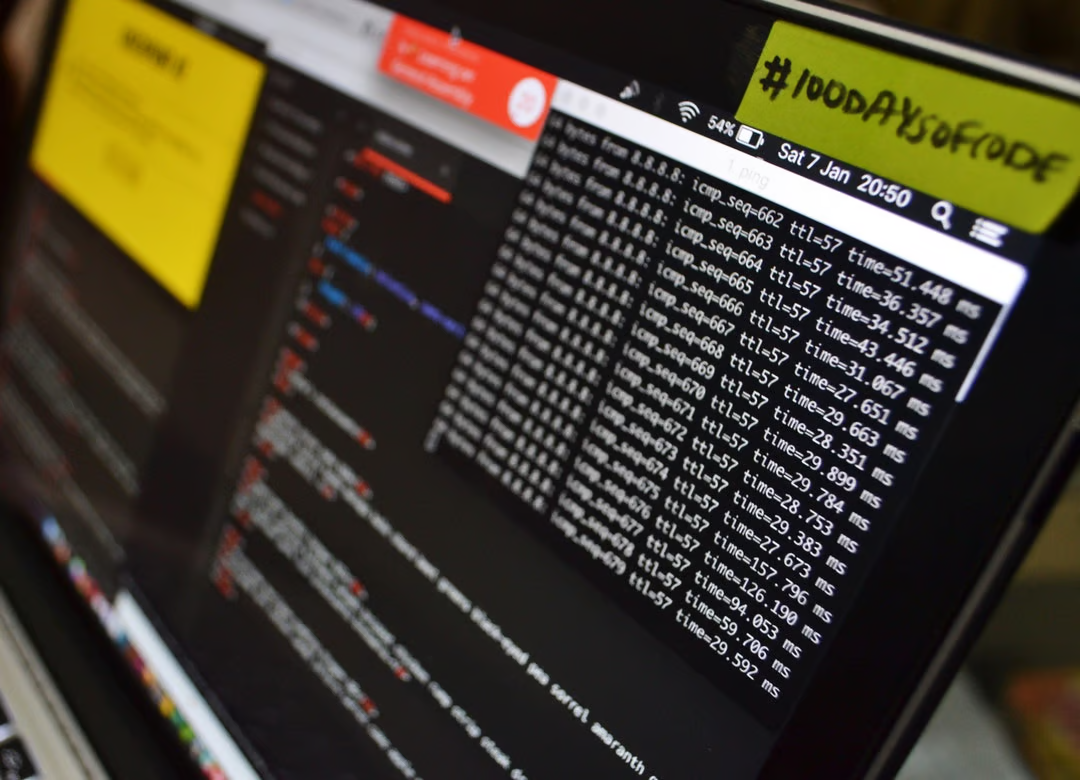
In an era where businesses are increasingly reliant on digital technology, cybersecurity risks have become a significant concern. Cyberattacks can lead to data breaches, financial loss, reputational damage, and operational disruptions. Managing these risks requires a proactive approach, combining advanced technologies, employee awareness, and robust strategies. Here’s how businesses can effectively manage cybersecurity risks and safeguard their operations.
The first step in managing cybersecurity risks is understanding the evolving nature of threats. Cybercriminals continuously develop sophisticated methods to exploit vulnerabilities in systems, networks, and software. Common threats include phishing attacks, ransomware, malware, and insider breaches.
Businesses must stay informed about the latest trends and tactics used by cybercriminals. Regularly reviewing industry reports, subscribing to cybersecurity alerts, and consulting experts provide valuable insights into potential risks. Understanding these threats enables companies to implement targeted defenses and reduce their exposure to cyberattacks.
Conducting a Comprehensive Risk Assessment
A thorough risk assessment is essential for identifying vulnerabilities within your organization. Start by mapping out your digital assets, including hardware, software, networks, and sensitive data. Evaluate the potential impact of cyber threats on these assets, considering factors such as financial loss, operational downtime, and regulatory penalties.
Once risks are identified, prioritize them based on their likelihood and potential impact. This process allows businesses to allocate resources effectively, focusing on high-risk areas first. Regularly updating your risk assessment ensures that your strategies remain relevant as new threats emerge.
Implementing Robust Security Policies
Clear and comprehensive security policies are the backbone of any cybersecurity strategy. These policies establish guidelines for how employees, contractors, and third parties should handle sensitive data and access company systems. Common elements of a robust security policy include password management, data encryption, and access control measures.
Establishing multi-factor authentication (MFA) for accessing systems adds an extra layer of protection, making it harder for attackers to breach accounts. Ensure that all security policies comply with relevant industry standards and regulations, such as GDPR or HIPAA, to avoid legal complications.
Training Employees to Recognize Threats
Employees are often the first line of defense against cyber threats, making cybersecurity training a critical component of risk management. Many attacks, such as phishing scams, rely on human error to succeed. Educating employees about recognizing suspicious emails, links, and attachments can significantly reduce the likelihood of successful breaches.
Regular training sessions, simulated phishing tests, and awareness campaigns help reinforce good cybersecurity habits. Employees should also understand the importance of reporting potential threats immediately, as swift action can prevent minor issues from escalating.
Leveraging Cybersecurity Monitoring Tools
Advanced cybersecurity monitoring tools are indispensable for detecting and mitigating threats in real time. These tools monitor networks, systems, and endpoints for unusual activity or unauthorized access. By analyzing traffic patterns and user behavior, they can identify potential threats before they cause harm. Investing in professional cyber security monitoring services provides businesses with continuous protection and expertise. These services often include threat detection, incident response, and regular vulnerability assessments, ensuring that your defenses are always up to date.
Partnering with a trusted provider allows businesses to focus on their core operations while maintaining a secure digital environment.
Maintaining Up-to-Date Software and Systems
Outdated software and systems are among the most common entry points for cyberattacks. Hackers often exploit known vulnerabilities in outdated software to gain access to sensitive information. Regularly updating operating systems, applications, and security software ensures that these vulnerabilities are patched.
Implementing automated update processes reduces the risk of human oversight and ensures that your systems remain secure. Also, businesses should periodically review their IT infrastructure to identify and replace outdated hardware that may no longer receive security updates.
Developing an Incident Response Plan
No matter how robust your cybersecurity measures are, no system is entirely immune to attacks. Developing a detailed incident response plan ensures that your business can react swiftly and effectively in the event of a breach. The plan should outline roles and responsibilities, communication protocols, and steps for containing and mitigating the impact of an attack.
Conducting regular drills and simulations helps prepare your team for real-world scenarios, improving their ability to respond under pressure. An effective incident response plan minimizes downtime, reduces financial losses, and preserves your organization’s reputation.

Managing cybersecurity risks is an ongoing process that requires vigilance, adaptability, and collaboration. By understanding the threat landscape, leveraging advanced tools, and fostering a culture of security awareness, businesses can protect themselves from the ever-evolving world of cyber threats. Partnering with professional cyber security services ensures that your defenses remain robust and your operations secure. In today’s digital age, proactive cybersecurity measures are not just an option—they are a necessity for safeguarding your business and its future.
Raghav is a talented content writer with a passion for creating informative and interesting articles. With a degree in English Literature, Raghav possesses an inquisitive mind and a thirst for learning. Raghav is a fact enthusiast who loves to unearth fascinating facts from a wide range of subjects. He firmly believes that learning is a lifelong journey and he is constantly seeking opportunities to increase his knowledge and discover new facts. So make sure to check out Raghav’s work for a wonderful reading.




